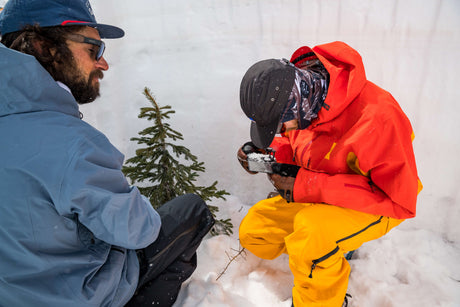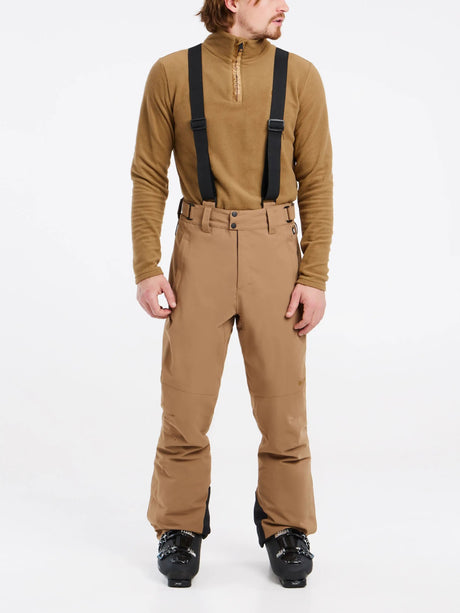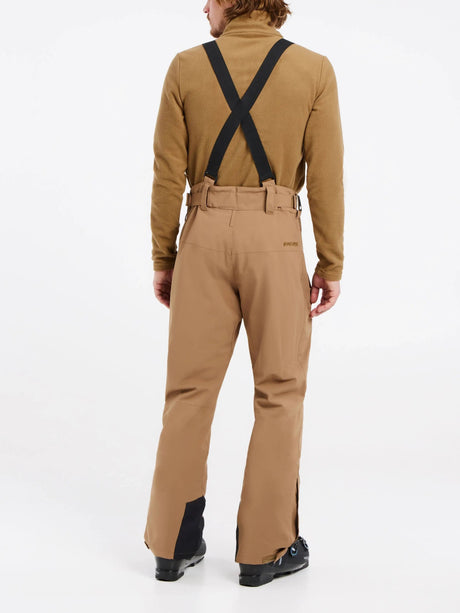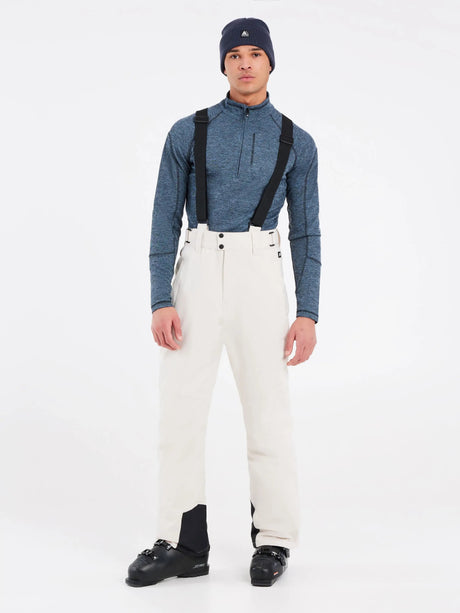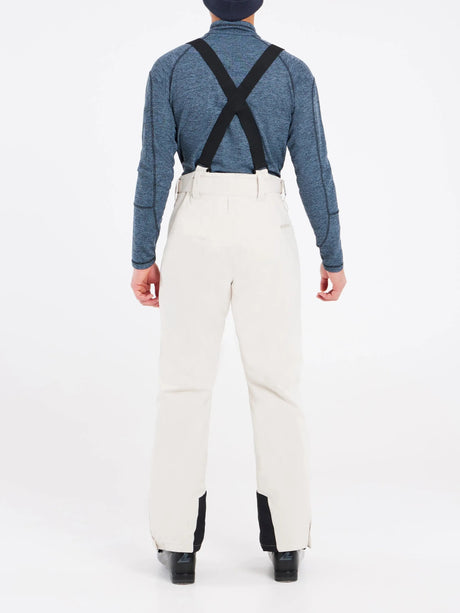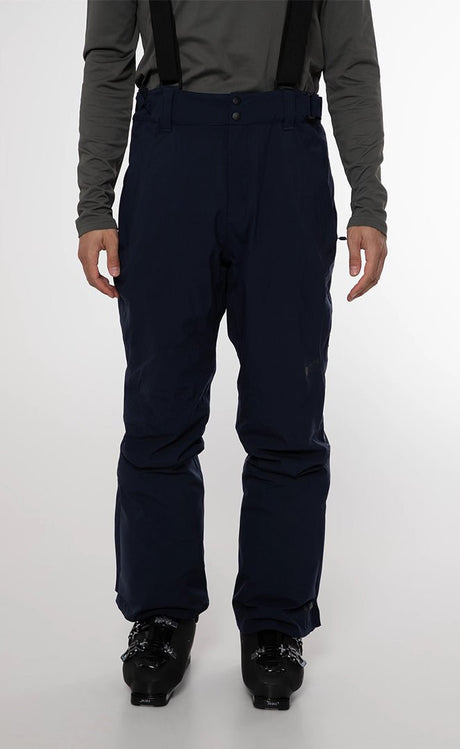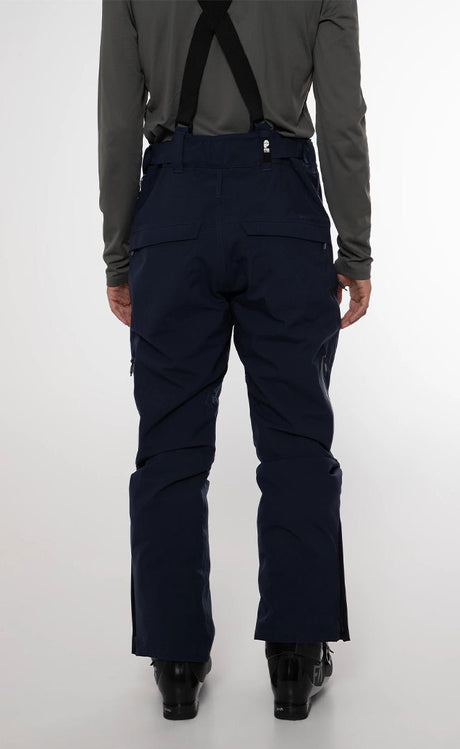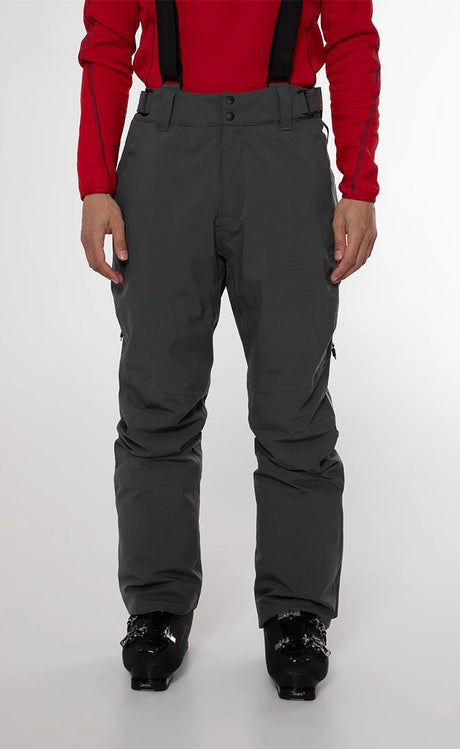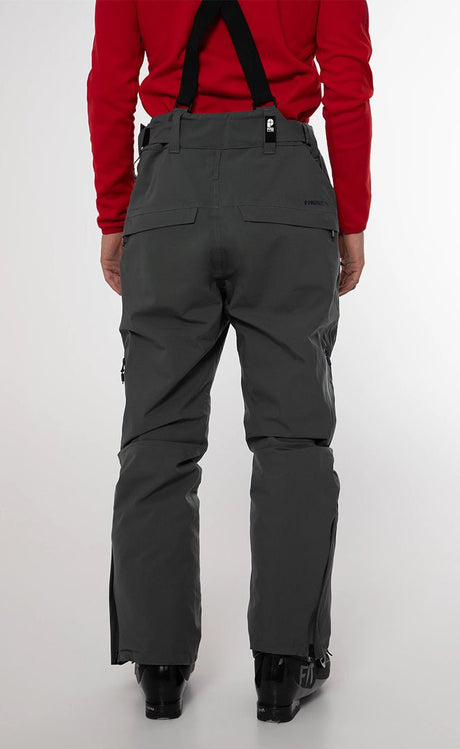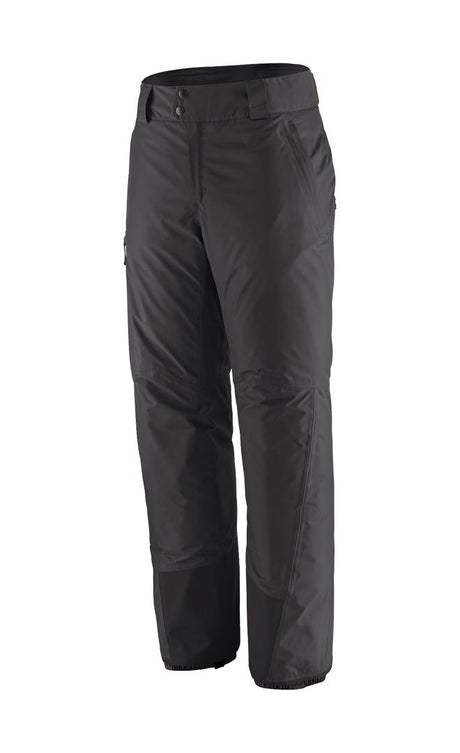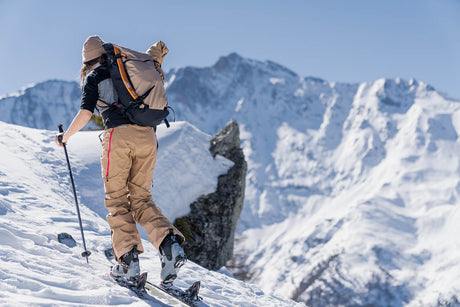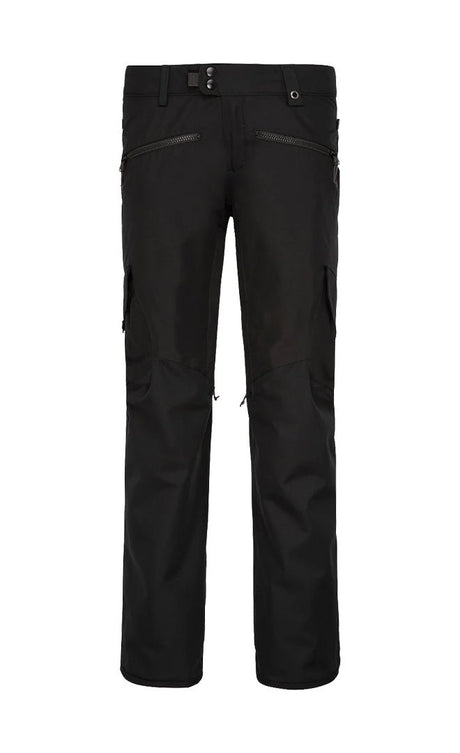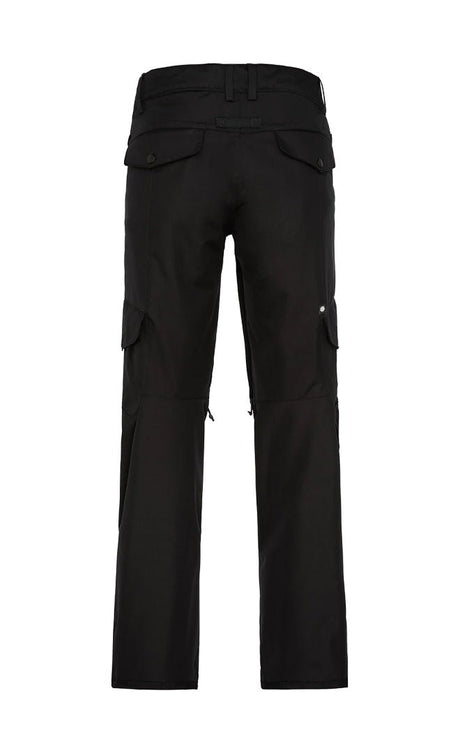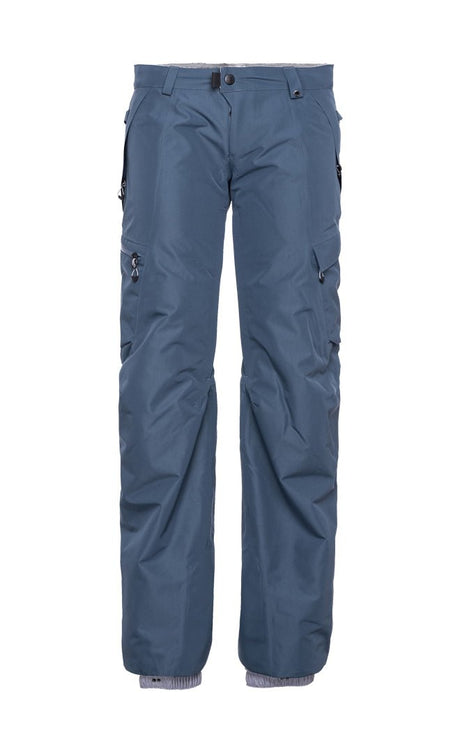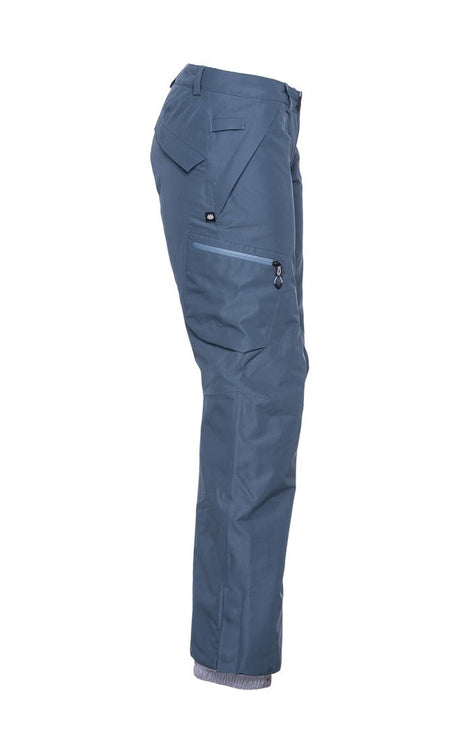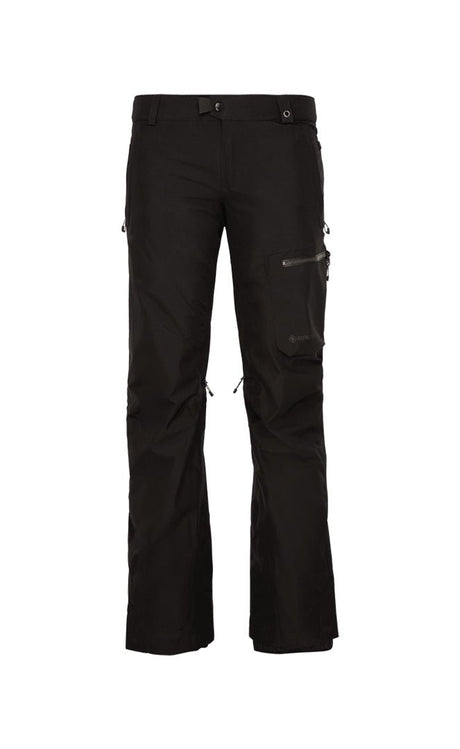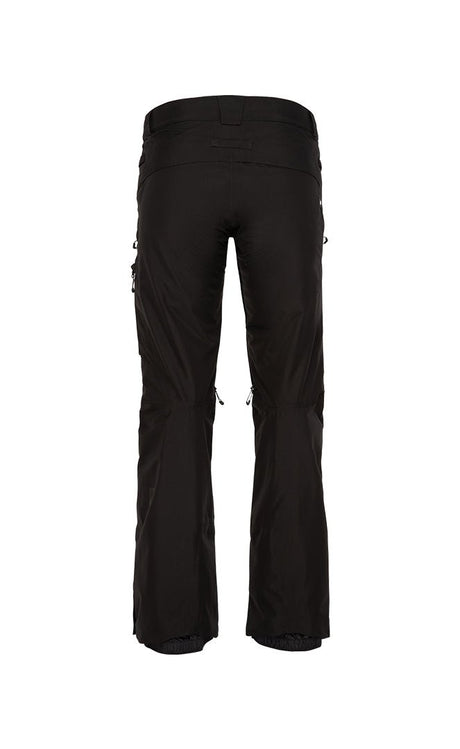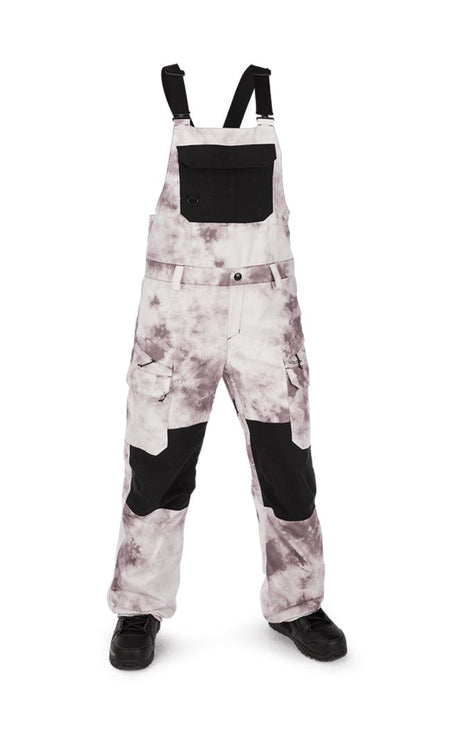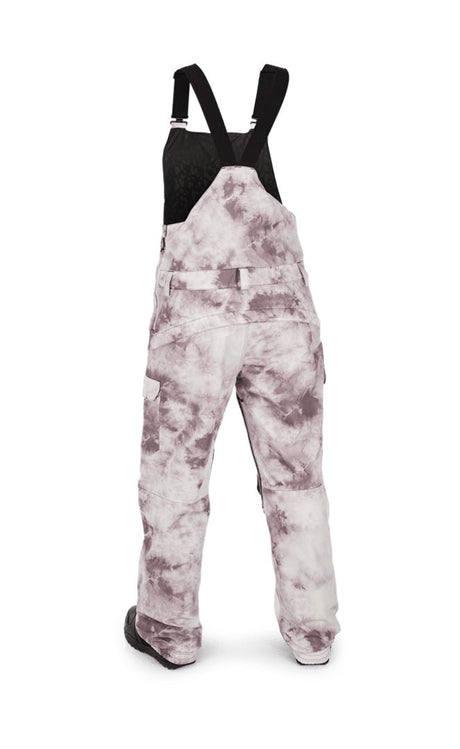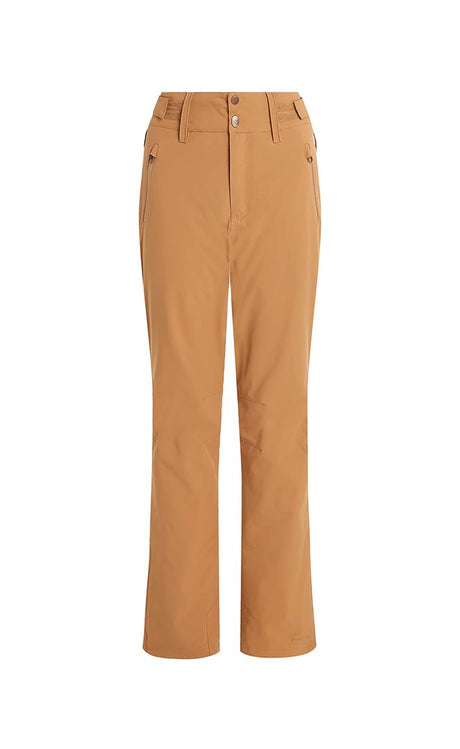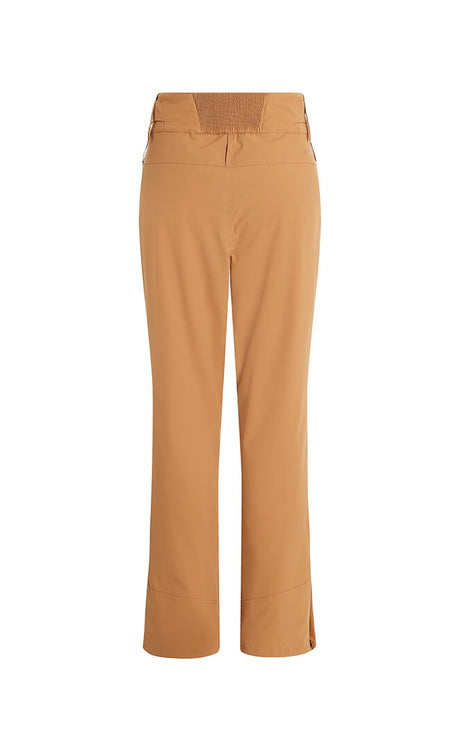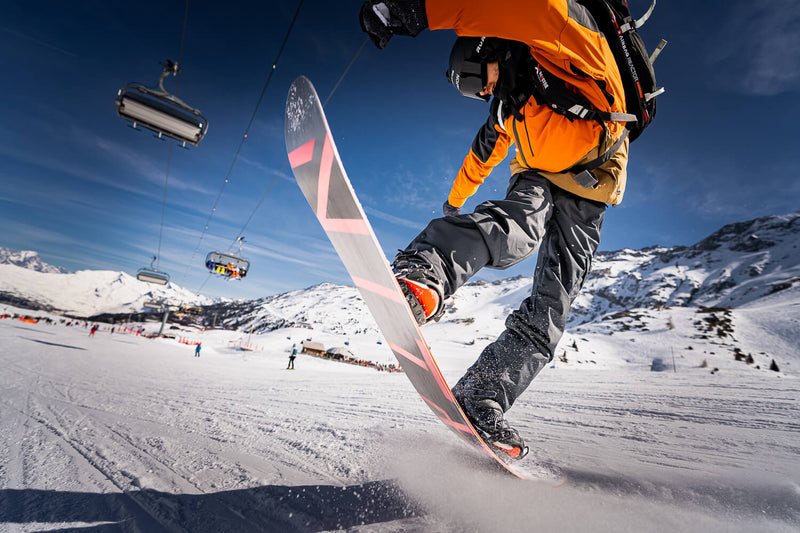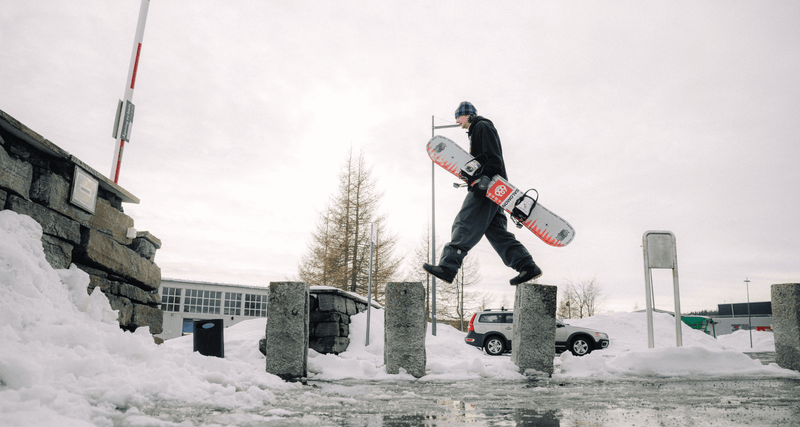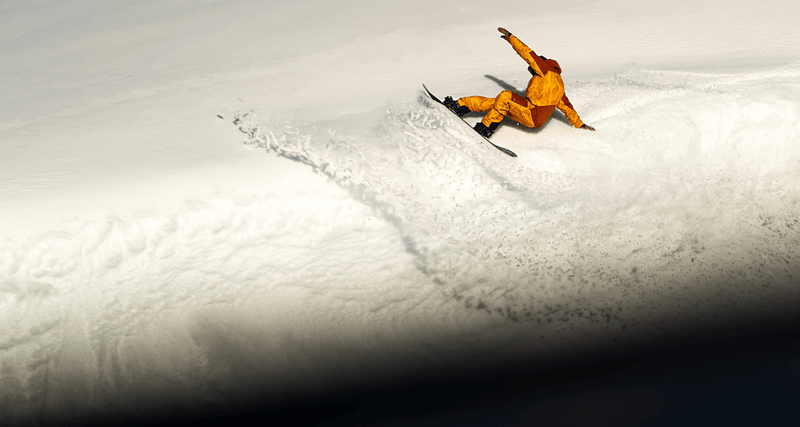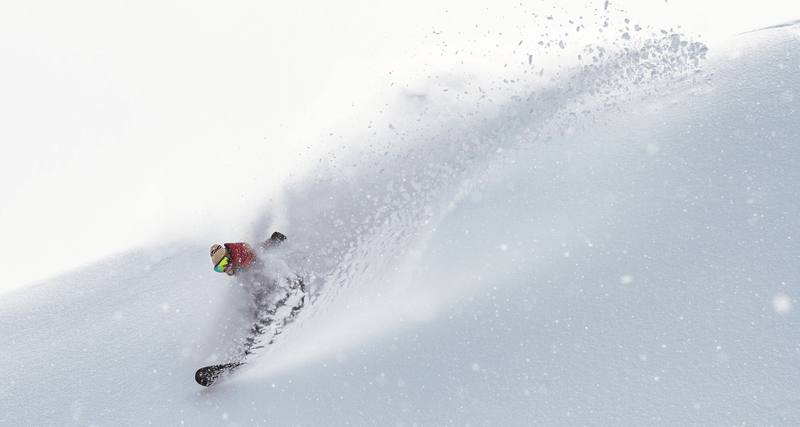

After guiding you in the choice of your ski & snowboard jacket, we will now guide you on selecting your future ski & snowboard pants. The criteria for choosing pants are the same as those for a jacket: waterproofing, breathability, and thermal insulation. Also make sure to choose pants equipped with the required features according to your needs.
Understand the concept of the 3 layers
To ensure optimal protection during your ski vacation, it is essential to understand the purpose of the different layers that make up your equipment:

- The sweat-wicking layer: Nothing is more uncomfortable than feeling your ski & snowboard pants stick to your skin due to sweat during your days on the slopes. The first layer of your gear must therefore promote excellent moisture wicking to keep you warm and dry.
- The thermal layer: Depending on the changing climatic conditions in the mountains, it would be unfortunate not to fully enjoy your experience because of the cold. That is why it is wise to add an insulating layer (in fleece or softshell) to your outfit to maintain your body heat.
- The protective layer: During your descents, it is common to encounter bad weather such as wind, rain, or snow. These weather elements will not be a problem if you wear effective waterproof and windproof protection for your ski & snowboard pants!
Understanding the Waterproofness and Breathability of Ski and Snowboard Pants
When it comes to selecting the ideal ski & snowboard pants, it is essential to understand the concepts of waterproofness and breathability to ensure optimal comfort and protection against harsh weather conditions. These two aspects play a fundamental role:
Impermeability :
- Waterproofness is the ability of ski and snowboard pants to resist water, whether it is snow or rain, by keeping it away from the garment.

- It is rated in Schmerber millimeters, indicating the water height required for the fabric to start letting moisture through. The higher the number, the more waterproof the pants are. Common levels range from 3,000 mm to 30,000 mm.
- < 8,000 mm : Average waterproofing
- > 10,000 mm : Good waterproofing
- > 20,000 mm : Excellent waterproofing
Membranes that offer waterproofing superior to 20,000 mm are especially suitable for snowboarders as well as skiers who love powder and seek challenging freeride !
How to ensure the waterproofness of ski and snowboard pants?
- Choose pants with a minimum waterproof rating of 10,000mm Schmerber
- Check that the seams and the zippers are waterproof, to prevent any moisture, rain, and snow from entering inside the garment (heat-sealed or taped)
- Choose a quality membrane : Gore-Tex®, infiDRY®, Dryplay
Breathability :
- Breathability measures the ability of ski and snowboard pants to evacuate heat and sweat from the inside to the outside, thus preventing the accumulation of moisture inside.

- It is measured in grams per square meter per 24-hour period (g/m²/24 h). For example, pants with a breathability of 10,000 g/m²/24 h means they can wick away 10,000 grams of moisture per square meter in 24 hours.
- <10,000 g/m²/24h : Average breathability
- >10,000 g/m²/24h : Good breathability
Some ski and snowboard pants are equipped with vents located under the arms, which you can open or close using a zipper, in order to improve breathability. By opening them, you further promote moisture wicking.
Thermal insulation :
Not all ski pants necessarily have thermal insulation, as the need for warmth varies depending on the activities and conditions.

- The practice : If you use ski lifts and ski on groomed slopes, it is certain that you will be inactive more often and therefore it will be necessary to have better protection to shield you from the cold. Conversely, if you go off-piste and are a fan of freeride, backcountry, ski touring, or splitboarding, the movements whether downhill or uphill will generate body heat that will only require a thin insulating layer
- Altitude : The higher you go, the colder it will be and the windier it will get!
- The season : Temperatures change throughout the season. Whether you ski in December or April, they will not be the same and will not require the same insulation
- The station : Depending on the regions, temperatures can also vary according to altitude and its location
Other factors to consider
- Pockets: Whether front, back, cargo pockets, with zippers, buttons, or Velcro, make sure your ski and snowboard pants have the pockets suited to your needs to avoid any disappointment when you reach the top of the slopes. Zippered pockets are, of course, the most secure for your personal belongings, ensuring the protection of your phone when it is carefully stored in a zippered pocket.
- Ventilation and waterproofing: Zippers and seams are sensitive points on pants because they can be entry points for moisture. The most technical ski pants are equipped with waterproof zippers and seams. For better breathability, many ski and snowboard pants also feature ventilation zippers that you can open or close depending on the effort.
- Pants/jacket connection system: Nothing is more unpleasant than letting snow get inside your pants after a fall. To avoid this, you can opt for overalls or choose pants equipped with a connection system to a matching jacket, which prevents snow from seeping in. These attachment systems, usually zippers or snap buttons, may sometimes be compatible only with the jacket designed for the pants, as with the brands Volcom, Picture, and 686.
- Reinforcements and snow gaiters: Most ski and snowboard pants are equipped with reinforcements in the most stressed areas, such as crampon strikes, edge hits, and pole strikes. Additionally, snow gaiters are essential to prevent snow from entering your ski or snowboard boots when you are moving through powder snow.
- Adjustable length for children: Some brands offer children's ski pants with an adjustable length, such as the brand Picture. This allows you to adjust the length of the pants as your child grows from one winter to the next, saving you from having to buy new pants. This system often relies on removable seams.
Overalls or pants?
Between the overalls team and the pants team, each camp has its well-established arguments. Regarding style, overalls divide opinion: some find them outdated, while others passionately defend them as a trendy choice. Others believe they can be less practical, taking more time to put on and requiring more handling when needing to use the restroom, for example. However, they have the undeniable advantage of preventing any snow intrusion, an undeniable asset when skiing down powdery slopes. Everyone has their own perspective, and those who prefer to stay neutral (or are undecided) might opt for ski and snowboard pants equipped with suspenders.
In conclusion, choosing your ski or snowboard pants involves considering several criteria, including the material, waterproofing, breathability, the fit, and the various features. Don't hesitate to try different models to find the one that best suits your level and needs. The HawaiiSurf team wishes you great runs on the slopes!

